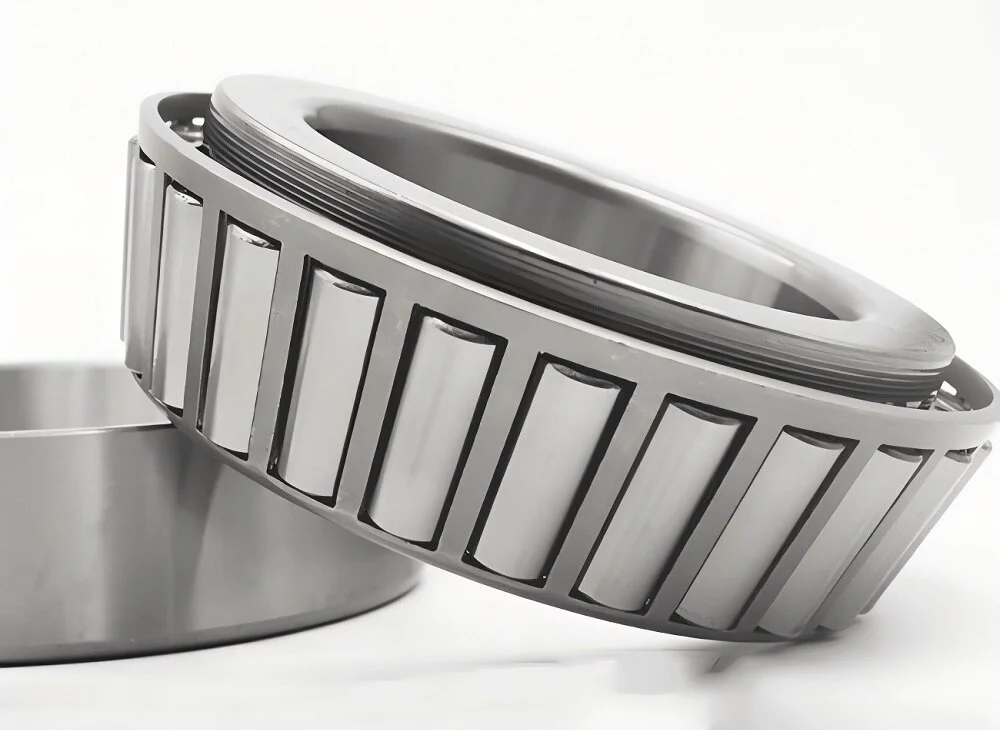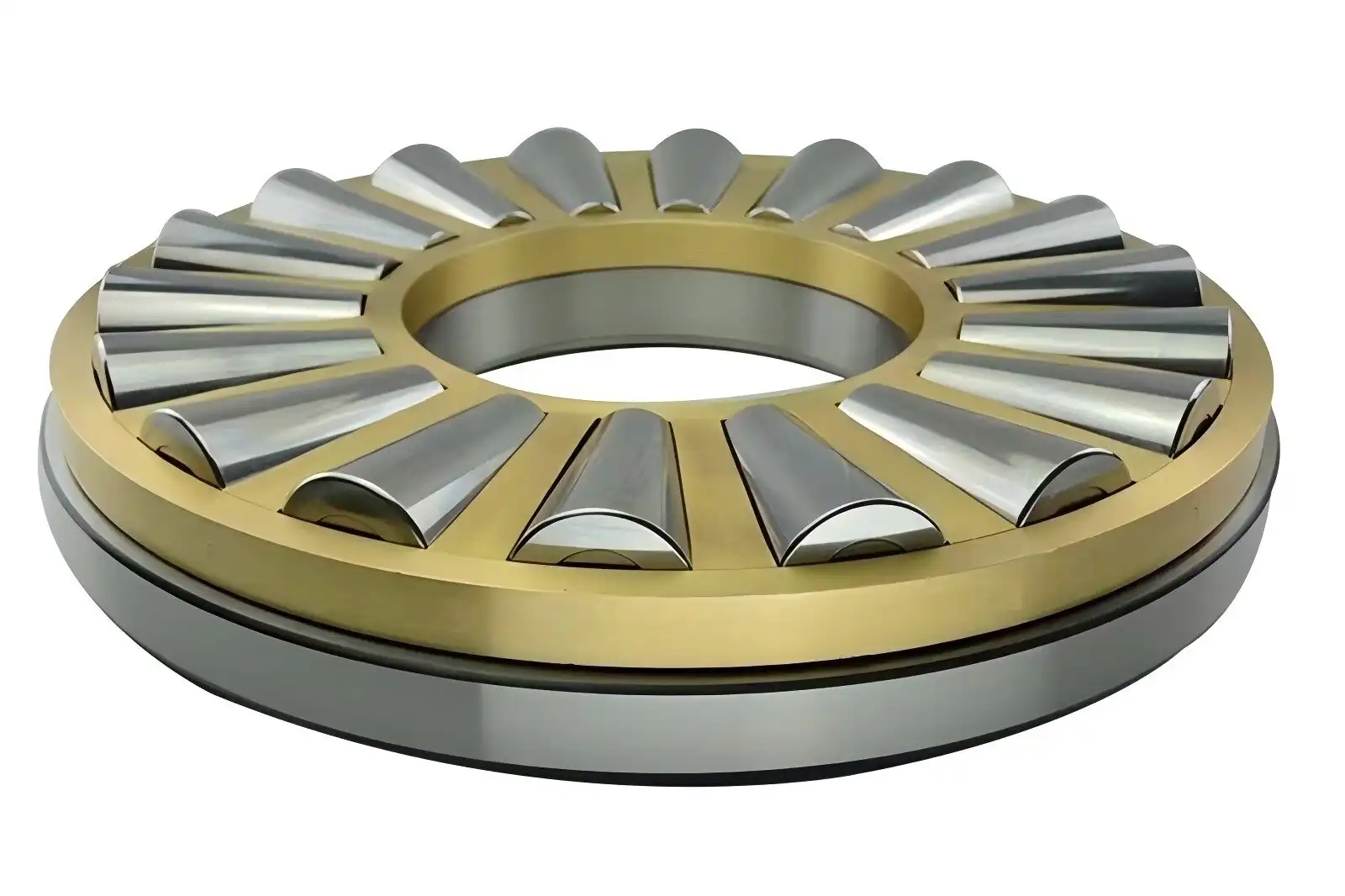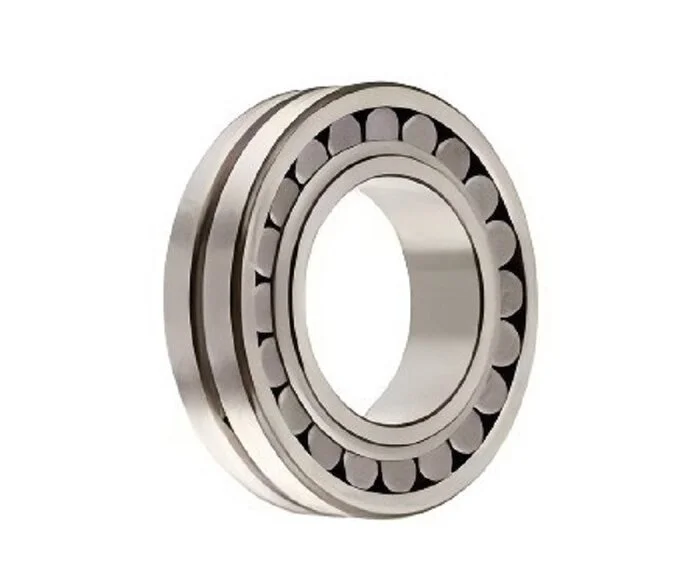Can Large Tapered Roller Bearings Handle Both Radial and Axial Loads?
Large tapered roller bearings are specialized mechanical components designed with conical inner and outer raceways that house tapered rollers. Their unique geometry allows these bearings to withstand substantial forces from multiple directions simultaneously. One of the most significant advantages of large tapered roller bearings is their exceptional capability to handle both radial and axial loads effectively. This dual-load capacity makes them indispensable in heavy machinery and equipment that experience complex loading conditions.

What makes large tapered roller bearings suitable for heavy-duty applications?
The structural advantages of large tapered roller bearings
Large tapered roller bearings feature a distinctive design where both the inner ring (cone) and outer ring (cup) have tapered raceways with tapered rollers positioned between them. This configuration creates line contact rather than point contact, enhancing load distribution across a larger surface area. The tapered structure creates an angle of action that enables the bearing to handle thrust loads efficiently. These bearings are manufactured with precision-engineered components, often using high-grade alloy steels that undergo specialized heat treatment to enhance hardness, wear resistance, and fatigue strength. The dimensional precision ensures optimal performance even under severe operating conditions, allowing large tapered roller bearings to support massive loads while maintaining rotational accuracy and operational stability.
How load capacity varies with bearing size and design
The load-carrying capacity of large tapered roller bearings is directly influenced by their physical dimensions and design characteristics. Larger bearings with bigger rollers provide greater contact area with the raceways, distributing pressure more effectively. The contact angle—between the roller axis and bearing axis—determines how effectively a large tapered roller bearing handles axial versus radial loads. Steeper contact angles excel at managing thrust loads but may sacrifice radial load capacity, while shallower angles offer better radial load handling. Manufacturers offer various series with different width-to-diameter ratios and contact angles to accommodate specific application requirements. Engineers must carefully consider these variables when selecting large tapered roller bearings to ensure they meet the mechanical demands of their particular application.
The impact of proper lubrication on load-bearing performance

Proper lubrication is essential for maximizing the load-bearing capabilities of large tapered roller bearings. The lubricant creates a thin film between the rollers and raceways, reducing friction and wear while dissipating heat. Under heavy loads, the pressure between contact surfaces can exceed 200,000 psi, making effective lubrication crucial for preventing metal-to-metal contact. The viscosity of the lubricant must be carefully selected based on operating conditions. For heavy-duty applications, specialized lubricants containing extreme pressure (EP) additives are often recommended. Regular relubrication schedules must be established, as inadequate lubrication can dramatically reduce load capacity and bearing life. Advanced lubrication systems, including automated delivery methods and filtration systems, can significantly enhance the performance and longevity of large tapered roller bearings.
How do large tapered roller bearings manage combined loading conditions?
The physics behind simultaneous radial and axial load handling
Large tapered roller bearings excel at managing combined loads due to their unique geometry. When subjected to a radial load, the load is transmitted through the rollers to both raceways at an angle determined by the taper, naturally generating an axial reaction force. When an axial load is applied, it creates pressure on the large ends of the rollers, which distribute the force throughout the bearing structure. The contact angle typically ranges from 10 to 30 degrees, with the specific angle selected based on the anticipated ratio of radial to axial loading. The roller geometry creates a wedging action that effectively manages both load types simultaneously. Under combined loading, the rollers position themselves to achieve equilibrium, with each roller bearing a portion of both the radial and axial forces, enabling these bearings to handle complex, multi-directional loading scenarios.
Comparing load distribution in tapered vs. cylindrical roller bearings
Cylindrical roller bearings excel at handling pure radial loads due to their linear contact pattern, but offer minimal axial load capacity. Large tapered roller bearings distribute both radial and axial forces across their tapered contact surfaces. In cylindrical roller bearings, the load concentrates on rollers positioned in the load zone, creating a narrow band of pressure. Tapered roller bearings spread the load over a wider contact area due to their conical geometry. When subjected to misalignment, cylindrical roller bearings can experience edge loading that increases stress concentration. Tapered roller bearings, with their angled contact pattern, better accommodate slight misalignments. For applications requiring high radial load capacity with minimal axial forces, cylindrical bearings may offer advantages in terms of lower friction and higher speed capability. However, in scenarios involving significant combined loads, large tapered roller bearings provide superior performance due to their more versatile load distribution characteristics.
Case studies of successful load management in industrial applications

The versatility of large tapered roller bearings is demonstrated through real-world applications. In mining equipment such as ball mills and crushers, these bearings withstand extreme radial loads from the weight of materials while managing substantial axial forces. The steel industry relies on large tapered roller bearings in rolling mills, where they experience intense radial loads from rolling pressure and significant axial forces from material flow. Wind turbine main shaft bearings must withstand varying radial loads from the rotor and blades while managing axial thrusts caused by wind forces, operating reliably for 20+ years with minimal maintenance. In heavy construction equipment, large tapered roller bearings handle the combined weight of the machine and thrust forces generated during maneuvering. These examples demonstrate that large tapered roller bearings consistently deliver reliable performance under challenging combined loading scenarios.
What factors affect the lifespan of large tapered roller bearings under heavy loads?
The relationship between load magnitude and bearing fatigue life
Bearing life is inversely proportional to the cube of the applied load, meaning that doubling the load reduces the expected life by a factor of eight. This exponential relationship makes load management critical for maximizing bearing longevity. When large tapered roller bearings operate under excessive loads, subsurface stresses accelerate fatigue processes, leading to premature failure. Dynamic load conditions present particular challenges, as shock loads can create stress concentrations that dramatically accelerate fatigue. Advanced numerical models allow engineers to predict how specific loading profiles will affect bearing life. The interaction between loads and other factors—such as lubrication quality, operating temperature, and contamination levels—creates a complex matrix of variables that collectively determine actual bearing longevity.
Operating temperature considerations for loaded bearings
Operating temperature significantly influences the performance of large tapered roller bearings under heavy loads. The normal operating temperature range typically falls between 20°C and 120°C, though specific applications may have narrower acceptable ranges. When temperatures exceed recommended limits, lubricant viscosity decreases, bearing materials may lose hardness, and thermal expansion can alter internal clearances. Large tapered roller bearings handling combined loads are particularly susceptible to heat generation due to the sliding component between roller ends and flange surfaces. Effective cooling systems, including oil circulation or enhanced airflow designs, are often essential for maintaining acceptable temperatures. Temperature monitoring using thermocouples or infrared sensors has become standard practice in critical machinery, with automated shutdown systems to prevent catastrophic failures due to overheating.
Maintenance practices that extend bearing service life under combined loads
Proper installation forms the foundation of bearing longevity, as misalignment during mounting can create uneven load distribution that accelerates wear. Regular inspection protocols should include monitoring of vibration signatures, which can reveal early signs of bearing deterioration. Lubrication management represents perhaps the most important ongoing maintenance activity, including adherence to relubrication schedules and regular lubricant analysis. In contaminated environments, effective sealing solutions and filtration systems can significantly extend bearing life. Many industrial facilities have adopted predictive maintenance approaches, utilizing continuous monitoring systems that track multiple parameters simultaneously and predict potential failures in advance. Through disciplined application of these maintenance practices, operators can often achieve bearing service lives that substantially exceed calculated theoretical expectations.
Conclusion
Large tapered roller bearings excel at handling combined radial and axial loads thanks to their unique tapered design and exceptional load distribution capabilities. Their structural advantages, including line contact and optimized contact angles, make them ideal for heavy-duty industrial applications. When properly selected, installed, and maintained, these bearings deliver outstanding performance even under the most demanding conditions. Factors such as appropriate sizing, effective lubrication, temperature management, and proactive maintenance significantly impact their service life and reliability. For applications requiring simultaneous handling of substantial radial and axial forces, large tapered roller bearings remain the optimal choice across numerous industries.
Luoyang Huigong Bearing Technology Co., Ltd. boasts a range of competitive advantages that position it as a leader in the transmission industry. Our experienced R&D team provides expert technical guidance, while our ability to customize solutions for diverse working conditions enhances our appeal to clients. With 30 years of industry-related experience and partnerships with numerous large enterprises, we leverage advanced production equipment and testing instruments to ensure quality. Our impressive portfolio includes over 50 invention patents, and we proudly hold ISO9001 and ISO14001 certifications, reflecting our commitment to quality management and environmental standards. Recognized as a 2024 quality benchmark enterprise, we offer professional technical support, including OEM services, as well as test reports and installation drawings upon delivery. Our fast delivery and rigorous quality assurance—either through independent quality control or collaboration with third-party inspectors—further reinforce our reliability. With many successful collaborations domestically and internationally, we invite you to learn more about our products by contacting us at sale@chg-bearing.com or calling our hotline at +86-0379-65793878.
References
1. Harris, T.A. and Kotzalas, M.N. (2021). Essential Concepts of Bearing Technology. CRC Press, Taylor & Francis Group.
2. Eschmann, P., Hasbargen, L., and Weigand, K. (2019). Ball and Roller Bearings: Theory, Design and Application. John Wiley & Sons.
3. SKF Group. (2022). Bearing Handbook for Electric Motors. SKF Publication.
4. Tomović, R. (2020). "Analysis of Load Distribution in Rolling Bearing Assemblies." Journal of Mechanical Engineering Science, 234(7), 1347-1362.
5. Thompson, R.C. and Malott, R.C. (2023). "Thermal Effects on Large Diameter Tapered Roller Bearing Performance." Tribology Transactions, 66(3), 425-439.
6. Liu, J., Shao, Y., and Zhu, W.D. (2022). "Dynamic Modeling and Analysis of Large Tapered Roller Bearings with Surface Defects." Mechanical Systems and Signal Processing, 148, 107165.

